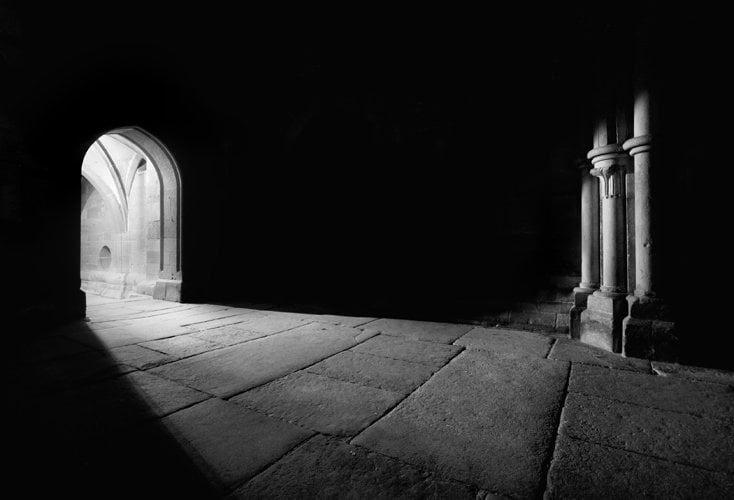“The last time I tell anyone I don’t believe in God is the summer before ninth grade. My mother and I are lying in my parents’ bed, still awake at three a.m.”
This is how Molly McCully Brown begins “Bent Body, Lamb”, her gentle howl of an essay that I am here to tell you that you should read.1
The first of the two reasons you should read Ms. Brown’s story is because it’s hopeful but not in an easy way. Like this: after her denial of faith, Ms. Brown lays in the dark next to her mother, silent, she says, for “half a beat.” And then she snarls at her: “This is all your fault.”
By “this” she means what most teenagers mean, yes, but more too. Because her legs are wrapped casts and she will never walk well. Because her twin sister died hours after their much-too-soon delivery. Because Ms. Brown herself has cerebral palsy, which leaves her “brain damaged and… body spastic, off-balance, and largely wheelchair-bound.”
It is to her credit that she knows those words were the cruelest thing she could have said to her mother.
Building a hopeful story – building a faith, in fact – from that dark kiln of cruelty is not an easy task. But Ms. Brown toils at it, heating her sentences like clay bricks, letting them harden so that they can bear weight before putting them in place.
In the course of such patient labor she constructs and takes “apart a hundred Gods,” feels her absent twin sister “nearly constantly,” and confesses her unsteady desire “to throttle the God who killed her.” And it’s in the patient building of this story – a story broad and deep enough to hold the God she’s coming to know – that she unlearns the well-practiced habit of standing at a comfortable, “critical distance” from this God.
That’s the second reason you should read this story. Because Ms. Brown gives us a model for doing what we all actually want to do, when we can admit it. She shows us how she stopped holding life at arm’s length. And she tells us about the darkness that rushes in then. And the light that follows after.
For Ms. Brown, it looks like a confrontation with anger – at her body, at God. For me, it is something else just as dark. As it is for you.
We are desperate for breathing models of how to do this, how to let the darkness in and trust that the light will come. In “Bent Body, Lamb,” we find one in Ms. Brown. I highly recommend it.
– // –
The cover image from Flickr user Martin Gommel can be found here.
- It appears in the regularly excellent Image journal which is edited by Gregory Wolfe. Image normally allows one major essay to be read by those who aren’t subscribers – so when you open the essay on your browser, read it right then and don’t refresh the page. Even better, subscribe. It’s very good. ↩


